How and what to treat black spot on roses: drugs, folk remedies
A disease such as black spot is quite common on roses. It is caused by the pathogenic fungus Marssonina rosae, which is widespread in nature. The disease differs from other types of spotting in special symptoms. Treatment is carried out with the help of chemical and biological preparations; in the initial stage of the lesion, folk remedies can give an effect. Preventive measures and the creation of optimal growing conditions for roses help prevent the appearance of black spot.
Causes and ways of spreading the disease
The fungus enters the site along with the infected planting material. Fungal spores can be present in the topsoil, on plant debris. With the arrival of spring, the causative agent of the disease is activated, begins to multiply rapidly. From the bottom of the bush, black spot gradually spreads to the tops of the shoots.
The disease manifests itself most actively in June-July on weakened specimens. If you do not take action, in August and September, the fungus attacks strong bushes. Certain varieties of roses are more susceptible to this disease than others. Black spot often affects hybrid tea, climbing, tea, polyanthus roses.
The most rapid progression of the disease is observed at a temperature of 20-23 ° C in conditions of high humidity.
Promotes fungal attack:
- lack of potassium;
- excess nitrogen;
- increased acidity of the soil.
The causative agent of the disease is resistant to low temperatures and other unfavorable external influences, therefore it is able to persist in the garden for a very long time. Even after treatment, the disease can recur. After winter, it is imperative to check the condition of the plants and take action at the first signs of the appearance of black spot.
In nature, this disease affects not only cultivated but also wild plants. For example, maple black spot caused by the marsupial fungus Rhytisma acerinum is common. This disease does not cause special harm to trees. When damaged, the decorative qualities of maple are only slightly reduced. In the case of roses, you cannot let things go by themselves. Treatment should be mandatory.
Manifestations and symptoms
At the beginning of the disease, brown spots with a diameter of 0.5-1.5 cm with a yellow edging along the edge are noticeable on the leaves, sometimes spotting manifests itself as the appearance of many brown blurry dots. After a short period of time, the affected areas turn black, increase in size and merge. As a result, the leaves begin to curl and fall off.
In place of the spots, rounded or oblong protuberances are formed that contain fungal spores. Not only leaves are affected, but also young stems, sepals. Losing foliage, the rose releases new shoots that do not have time to ripen before winter and freeze out.
According to the description and manifestations, the symptoms of black spot are similar to those of downy mildew. Before starting treatment, it is important to determine exactly what disease you have to deal with. In the case of black spot, the bush begins to lose leaves from the lower tier and gradually the disease climbs up. The stems become bare, only single young leaves on the tops of the shoots are preserved.
Control methods
Action should be taken when the first signs of black spot appear. At the initial stage, the biological preparation "Fitosporin" is used.
The infected plant will need three treatments with a break of 5-6 days.The working solution is prepared in accordance with the instructions. The soil around the bush also needs processing. It is spilled with Fitosporin-M solution. A positive effect was observed by gardeners from the use of "Alirin" and "Gamair".
Folk remedies
You can also fight unreleased black spot with folk remedies. Some herbal infusions and decoctions have a destructive effect on the fungus. In particular, you can use:
- Onion peel decoction. This folk remedy is widely known for its protective properties. A liter jar of dry husks should be poured with 2 liters of hot water and brought to a boil. Then the broth is infused for two days, filtered, diluted with water in a ratio of 1: 2 and used as directed.
- Dandelion infusion. You can use the roots and leaves of the plant. For cooking, take 300-400 g of crushed raw materials for 10 liters of warm water. Insist 5 hours. The finished infusion is filtered and used for spraying.
- Horsetail decoction. Before cooking, 1 kg of herbs are chopped. Then poured horsetail 10 liters of cold water and let it brew for a day. After that, the infusion is boiled over low heat for 30 minutes. The cooled composition is filtered and stored in a glass or plastic container (up to 2 weeks). Before use, 1 part of the concentrate is diluted with 5 parts of water. The broth is sprayed with roses and the soil is poured under the root.
In order for the compositions to stay on the leaves longer, you can additionally introduce 40 g of crushed soap per 10 liters of broth or infusion. Spraying is carried out in dry cloudy weather.
In case of rain, the treatment must be repeated. If, after 1-2 sprays, no positive dynamics is observed, it is better to immediately switch to the use of chemical fungicides. It is recommended to sprinkle the soil under diseased bushes with wood ash. In addition to providing antifungal effects, it also serves as an excellent source of potassium.
Chemicals
The fungus may be immune to certain chemical compounds, so it is better to alternate the drugs used to treat the disease. Effective preparations for black spot:
- "Oxyhom", copper oxychloride based on copper-containing compounds. A minimum of 2 treatments are required. With a strong and large-scale lesion, the bushes are sprayed every 10 days until the effect occurs.
- Bordeaux liquid. It is used not only for spraying, but also for soil cultivation. The drug is highly toxic, therefore it requires careful handling and accurate dosage. May be harmful to the environment.
- "Profit" contains the active substance mancozeb. The drug is used in conjunction with "Topaz" or "Skor" based on triazole, one of them is used for the second spraying in a week.
When using chemicals, you need to take care of your own safety. Processing should be carried out in closed clothing, wearing a protective mask and goggles.
Preventive actions
The fight against spotting can take a long time, so it is better to take care of preventive measures in advance. To keep the roses healthy, you must:
- be sure to prune, shortening shoots stimulates the defenses of roses and improves ventilation of the bush;
- disinfect garden tools used for pruning;
- promptly remove affected and damaged shoots and burn them if a disease is suspected;
- water roses only in the morning;
- regularly clean the root zone from weeds, doing weeding after rain or watering;
- periodically spray roses with protective compounds, infusion of mullein and wood ash;
- do not apply nitrogen fertilizers in the second half of summer;
- in the fall, it is imperative to remove all leaf litter, since it is on it that mushroom spores winter;
- in the spring, before bud break, spray the bushes with a 3% solution of copper or iron sulfate.
- Plant varieties that are least susceptible to black spot.
The garden queen should be planted in a well-lit, level, open area.When planting several specimens, be sure to follow the planting scheme depending on the variety of roses, the planting should not be thickened.
Black Spot Resistant Rose Varieties
To reduce the likelihood of black spot appearing on roses, varieties that are resistant to this disease should be planted. Almost every variety of roses has the following plants:
- Aspirin - refers to miniature roses;
- Leonardo da Vinci - a profusely blooming rose from the floribunda group;
- Hansaland - hybrid rose with semi-double flowers up to 1.8 m high;
- Friesia - another bright yellow floribunda;
- Winchester Cathedral - a plant with beautiful snow-white flowers from the group of English roses;
- Lawinia - climbing rose with drooping shoots;
- Yankee Doodle - hybrid tea variety with delicate flowers;
- Augusta louise - a rose from the hybrid tea group with large double flowers;
- Sympathie - scarlet rose with flexible long shoots;
- Westerland - bushy lush rose with double flowers.
Black spot of roses is a harmful disease that can cause irreparable damage. Plants stop growing and blooming, at an advanced stage, the bushes become bare and die. The gardener should always be on the alert, regularly revise the site and immediately take action at the first signs of fungal infection. To prevent the disease, preventive measures must be taken.
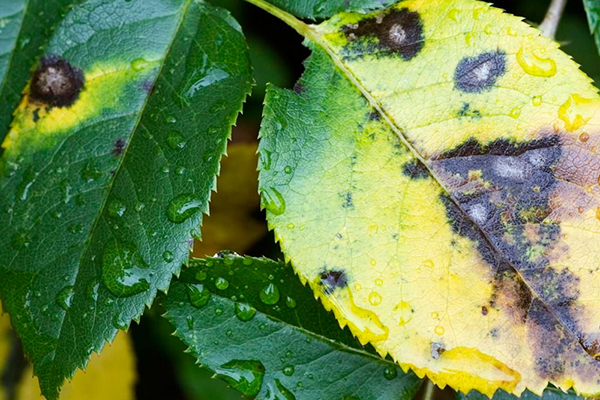
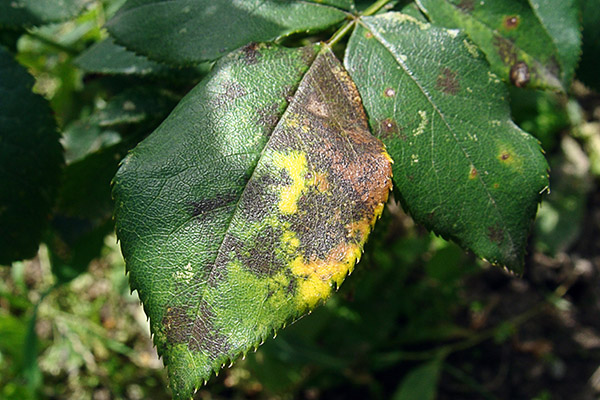
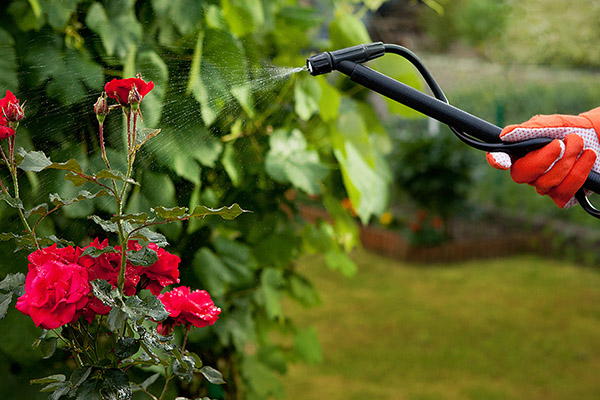
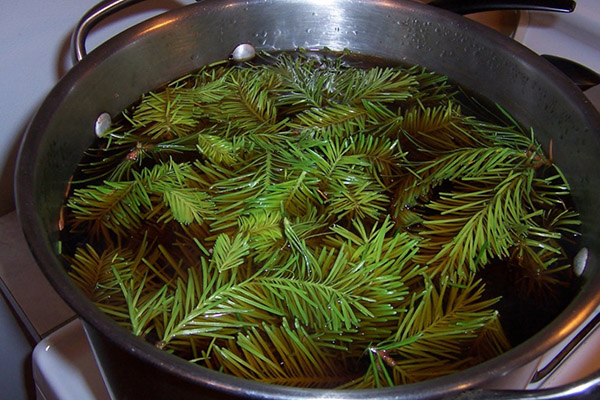

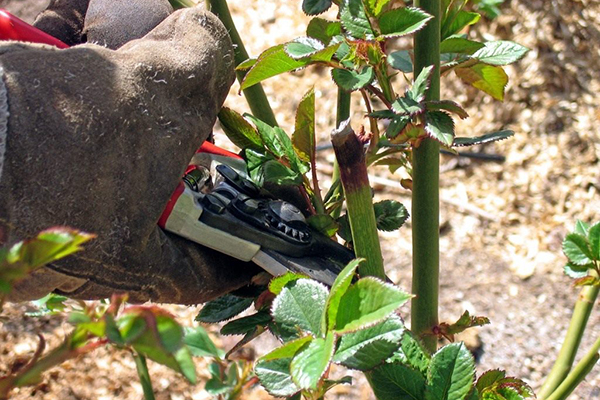
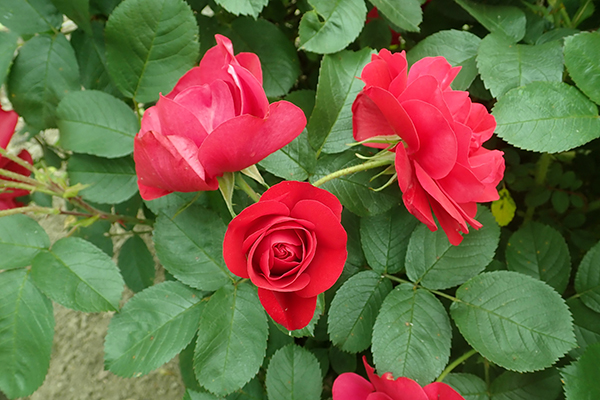
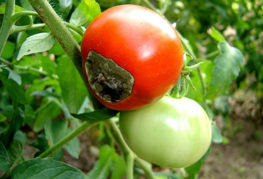
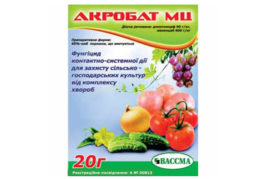
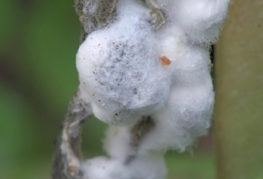
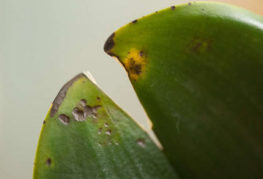
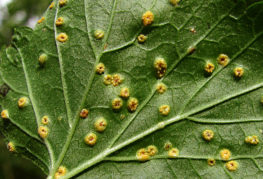
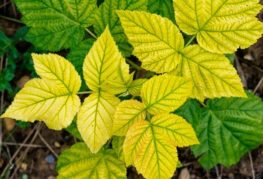
and will be published shortly.